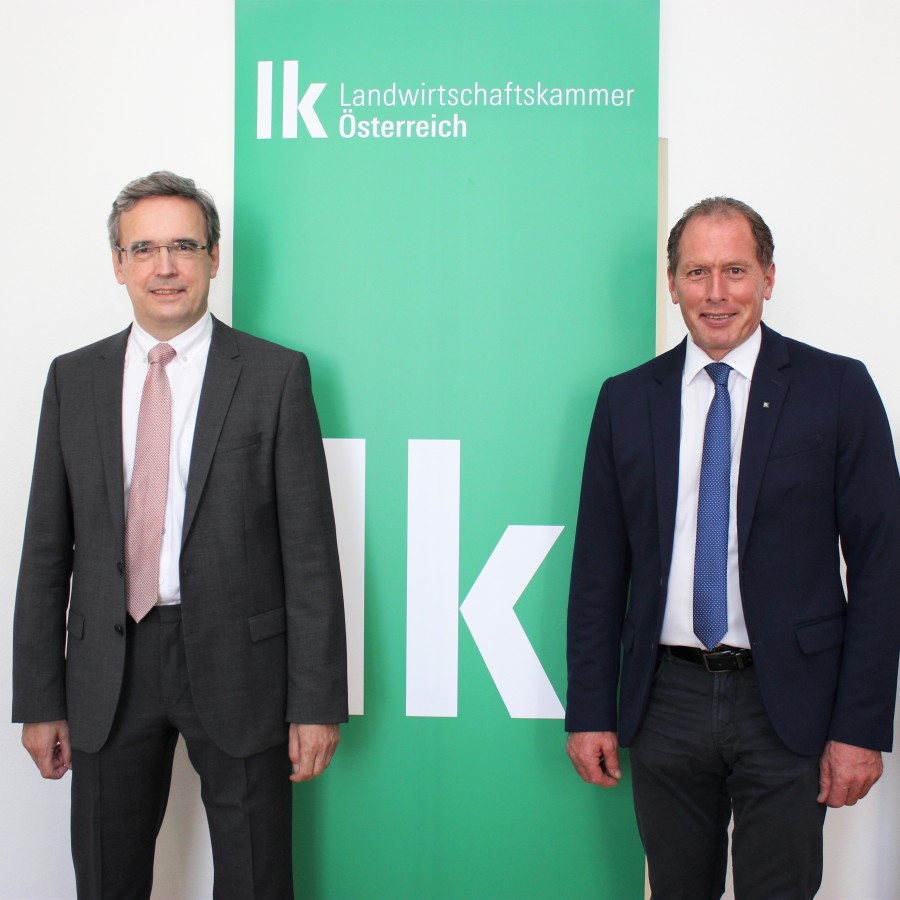The study, commissioned by the Austrian Chamber of Agriculture, sheds light on key figures of the value chain of agricultural goods and food in Austria. The results were presented on 16 September 2020, during a press conference with the President of the Austrian Chamber of Agriculture Josef Moosbrugger and WIFO economist Franz Sinabell.
In a first step, WIFO has surveyed the entire value chain of agricultural goods and food in Austria down to the district level. In 2018, more than 413,000 people were employed in the value chain and the gross value added amounted to 18 billion €. In relation to the national economy as a whole, the share of persons employed amounted to more than 9.2 percent (3 percentage points of which in agriculture) and the share of value added to 5.2 percent (0.9 percentage points of which in agriculture).
In a second step a model analysis was carried out. The study reduces the imports of agricultural goods and food by 1 percent and fills the resulting gap with domestic products. The consequences for agriculture, the upstream and downstream sectors and finally for the economy as a whole are calculated.
Due to the expansion of production in agriculture and the food industry, the value added in the upstream sectors grows by 141 million €, which means that more than 3,100 people are employed. Comparable effects can also be expected if export demand increases instead. If the demand for agricultural goods drops by 1 percent and imported goods are used or consumed instead, this has a negative effect on the national economy.
Further press information and graphics can be found here (in German).


